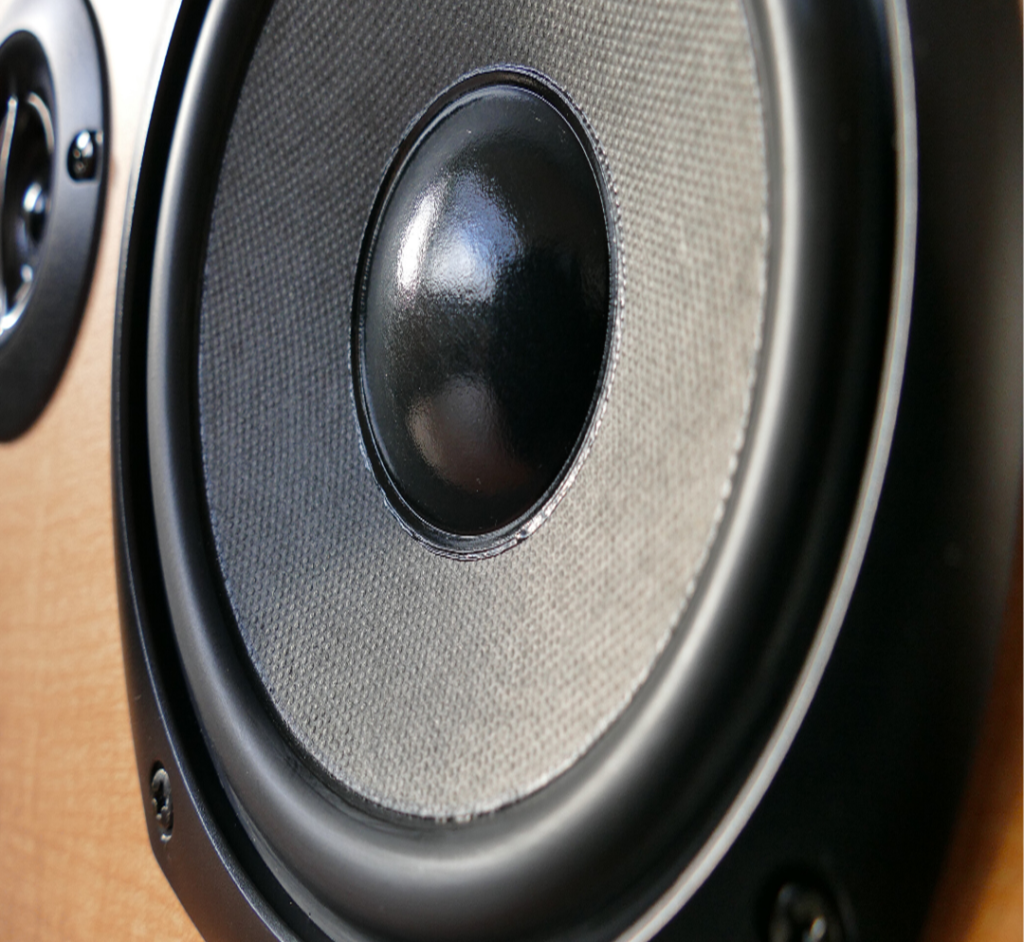Clinical Services
Bringing BioAcoustics to Life
How to Become a Sound Health Client
1. Complete the Clinical Assessment Form below
Once you submit your application online, our Clinical Coordinator will get in touch with you via email to go over your next steps.
Remember: Sound Health clinics are for data-collecting purposes only. Each case will be reviewed by our Clinical Committee. There is a waiting list to be seen so please be patient! The average waiting period is 4-6 weeks.
2. Our Clinical Committee will review your application.
If your application is accepted, you will have the option to have your voice print analyzed by either Sharry Edwards or we will refer you to another BioAcoustic Practitioner (see Practitioner List here).*
*Sound Health reserves the right to deny your application if we find it does not comply with our research requirements.
3. If you receive your voice print and would like to go further with the assessment process, we can schedule you for on-site tone trials (where you can receive tones in our Ohio office) or we can refer you to a BioAcoustic Practitioner closer to you.*
Please email our Clinical Coordinator at SoundHealthClinical@gmail.com if you are interested in continuing your assessment process.
Please note that the cost of the Clinical Process is $300 and the fee must be paid before the start of your assessment, after we receive your voice print.
After your assessment, if it is determined that you will need a ToneBox, that will be an additional $475.
*The Sound Health facility in Albany, OH is not currently doing in-person tone trials due to COVID-19

What are Tone Trials?
Tone trials = the process of identifying and utilizing the most appropriate tones for your issues after you have had your voice print analyzed by a BioAcoustic Practitioner. It is literally a trial period where a BioAcoustic Practitioner works with you to identify the frequencies to best assist your health concerns that you specify in your Clinical Application Form (your three main health concerns).
How Tone Trials Work
After a Voice Print is captured, computer analysis is used to determine the most appropriate frequencies that will be evaluated during tone trials. These frequencies are established using information supplied by the referring physician-reported issues from the client, data from voice prints, comparisons against other client voice prints who have similar issues and a client’s responses during sound presentation.*
*Sound presentation, BioAcoustically speaking, is the delivery of analog-sequenced frequency sets, via headphones or a speaker, that are individually constructed for a client using information gleaned from a Voice Print by a trained BioAcoustic Practitioner.
 Once a BioAcoustic Practitioner has identified the frequencies to be tested, the next step is to determine the most suitable form of feedback that will assist in the establishment of the appropriate tones to be used for long term sound presentation. During tone trials, objective as well as subjective feedback is used to refine the formula sets. Positive and negative emotional physiological responses are used to assist in the establishment of specific frequencies, assembled in the appropriate combinations, for the proper amount of time.
Once a BioAcoustic Practitioner has identified the frequencies to be tested, the next step is to determine the most suitable form of feedback that will assist in the establishment of the appropriate tones to be used for long term sound presentation. During tone trials, objective as well as subjective feedback is used to refine the formula sets. Positive and negative emotional physiological responses are used to assist in the establishment of specific frequencies, assembled in the appropriate combinations, for the proper amount of time.
Clients are then situated in a suitable position for testing; this can be standing, sitting or lying down. Individual tones are provided to the client for a duration of 30-60 seconds. The client is then asked to evaluate the tones in terms of any physical or psychological reactions they may be experiencing. Frequency techniques include a variety of objective measurements. In the case of muscle involvement, the tones may be used for up to two minutes during the testing phase of sound presentation. Data is gathered as each sound is presented and directly after each tone is concluded for biofeedback reactions. Often these clinical tone trials are videotaped and/or observed by BioAcoustic Trainees to be used for educational purposes. A client’s privacy is always protected unless specifically waived.
The goal of the tone trials is to determine the most appropriate combinations of tones that can be programmed into a small, computer-like analog frequency generator, called a Square Two™ Tone Box, that has been specifically designed to provide programmed long term BioAcoustic sound presentation.
For research purposes, the Square Two™ Tone Box is programmed using the resulting data from the tone trials. Tone boxes are generally loaned to a client (for 1-2 days) to provide an opportunity to evaluate the responses. If warranted, the client is offered the opportunity to purchase a tone box for self-use.
What People Are Saying
Sharry Edwards’ work defines and demonstrates the unifying field theory that defied Einstein.
– Dr. John Apsley
Vocal Profiling is an innovative biotechnology inspiration by the pioneer of Human BioAcoustics, Sharry Edwards, MEd.
– Duke Encyclopedia of New Medicine
My experiences with this technique are very real because they have made a difference in my own life and those of my patients. I’m very happy with this work and very happy that Sharry has stuck to these ideas in the face of much adversity. In my opinion she’s the doctor’s doctor. I send all my perplexing patients to her even though, by definition, what she does is not medicine.
– Roman Chrucky, MD
Wow! Wow! Wow! I told my results to my chiropractor and he checked it and yes those were the affected areas. You also proved the element theory...I am a water by shape and points and berries and melons are my medicine and I should avoid animal protein and grain!
Namaste,
Charlene

